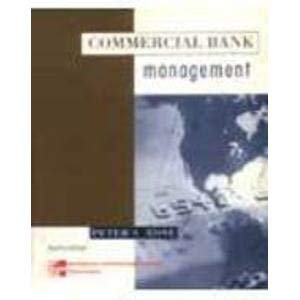Go back


HYDRAULICS Hydrokinetics(1st Edition)
Authors:
Dep. Of Agriculture

Cover Type:Hardcover
Condition:Used
In Stock
Include with your book
Free shipping: April 04, 2024Popular items with books
Access to 3 Million+ solutions
Free ✝
Ask 10 Questions from expert
200,000+ Expert answers
✝ 7 days-trial
Total Price:
$0
List Price: $29.99
Savings: $29.99(100%)
Book details
ISBN: 979-8867685102
Book publisher: Independently published (November 14, 2023)
Get your hands on the best-selling book HYDRAULICS Hydrokinetics 1st Edition for free. Feed your curiosity and let your imagination soar with the best stories coming out to you without hefty price tags. Browse SolutionInn to discover a treasure trove of fiction and non-fiction books where every page leads the reader to an undiscovered world. Start your literary adventure right away and also enjoy free shipping of these complimentary books to your door.
HYDRAULICS Hydrokinetics 1st Edition Summary: Hydrokinetics is a branch of hydraulics. Hydraulics is the study of the behavior of fluids in motion, while hydrokinetics is the study of the forces that act on fluids in motion. Hydrokinetics is concerned with the following topics:The flow of fluids in open channels and closed conduitsThe forces that act on fluids in motion, such as friction and dragThe design of hydraulic structures, such as dams, weirs, and bridges* **Flow Continuity**: The principle of flow continuity states that the mass flow rate of a fluid must be the same at all points in a steady-state flow system. This principle can be used to solve a variety of hydraulic problems, such as calculating the flow rate through a pipe or channel.* **Conservation of Energy**: The law of conservation of energy states that energy can neither be created nor destroyed, only converted from one form to another. This principle can be used to solve a variety of hydraulic problems, such as calculating the head loss in a pipe or the velocity of water flowing over a weir.* **Open Channel Flow*: Open channel flow is the flow of water in a channel that is open to the atmosphere. Open channel flow is a complex phenomenon that is affected by a variety of factors, including channel geometry, slope, and roughness. The handbook provides a comprehensive overview of open channel flow, including discussions of uniform flow, critical flow, flow types, and sediment transport.* **Closed Conduit Flow**: Closed conduit flow is the flow of water in a pipe or other enclosed conduit. Closed conduit flow is a relatively simple phenomenon that can be modeled using a variety of equations, such as the Darcy-Weisbach equation. The handbook provides a brief overview of closed conduit flow, including a discussion of the Darcy-Weisbach equation.* **Hydraulic Structures**: Hydraulic structures are structures that are designed to control the flow of water. Examples of hydraulic structures include dams, weirs, and bridges. The handbook provides a brief overview of hydraulic structures, including discussions of the hydraulic considerations that must be taken into account when designing these structures.The Hydrokinetics handbook is a valuable resource for anyone who needs to understand the basics of fluid flow and hydraulic engineering. It is written in a clear and concise style, and it includes numerous examples and illustrations.Here is a more detailed description of some of the key topics covered in the handbook:* **Uniform open channel flow:** Uniform open channel flow is a type of open channel flow in which the depth and velocity of the water are constant throughout the channel. Uniform open channel flow can be modeled using the Manning equation, which is a simple equation that can be used to calculate the flow rate in a uniform open channel.* **Critical flow:** Critical flow is a type of open channel flow in which the specific energy is minimized. Critical flow occurs at a specific depth and velocity, which can be calculated using the Froude number. Critical flow is important in a variety of hydraulic applications, such as the design of spillways and weirs.* **Sediment transport:** Sediment transport is the movement of sediment by flowing water. Sediment transport is a complex phenomenon that is affected by a variety of factors, including the properties of the sediment and the characteristics of the flow. The handbook provides a comprehensive overview of sediment transport, including discussions of the threshold of sediment motion, suspended sediment load, bed sediment load, and scour and deposition in channels.The handbook is an essential resource for anyone who needs to understand the basics of fluid flow and hydraulic engineering. It is a comprehensive and authoritative source of information on all aspects of hydrokinetics.
Customers also bought these books
Frequently Bought Together
Top Reviews for Books
Jena saler
( 4 )
"Delivery was considerably fast, and the book I received was in a good condition."










